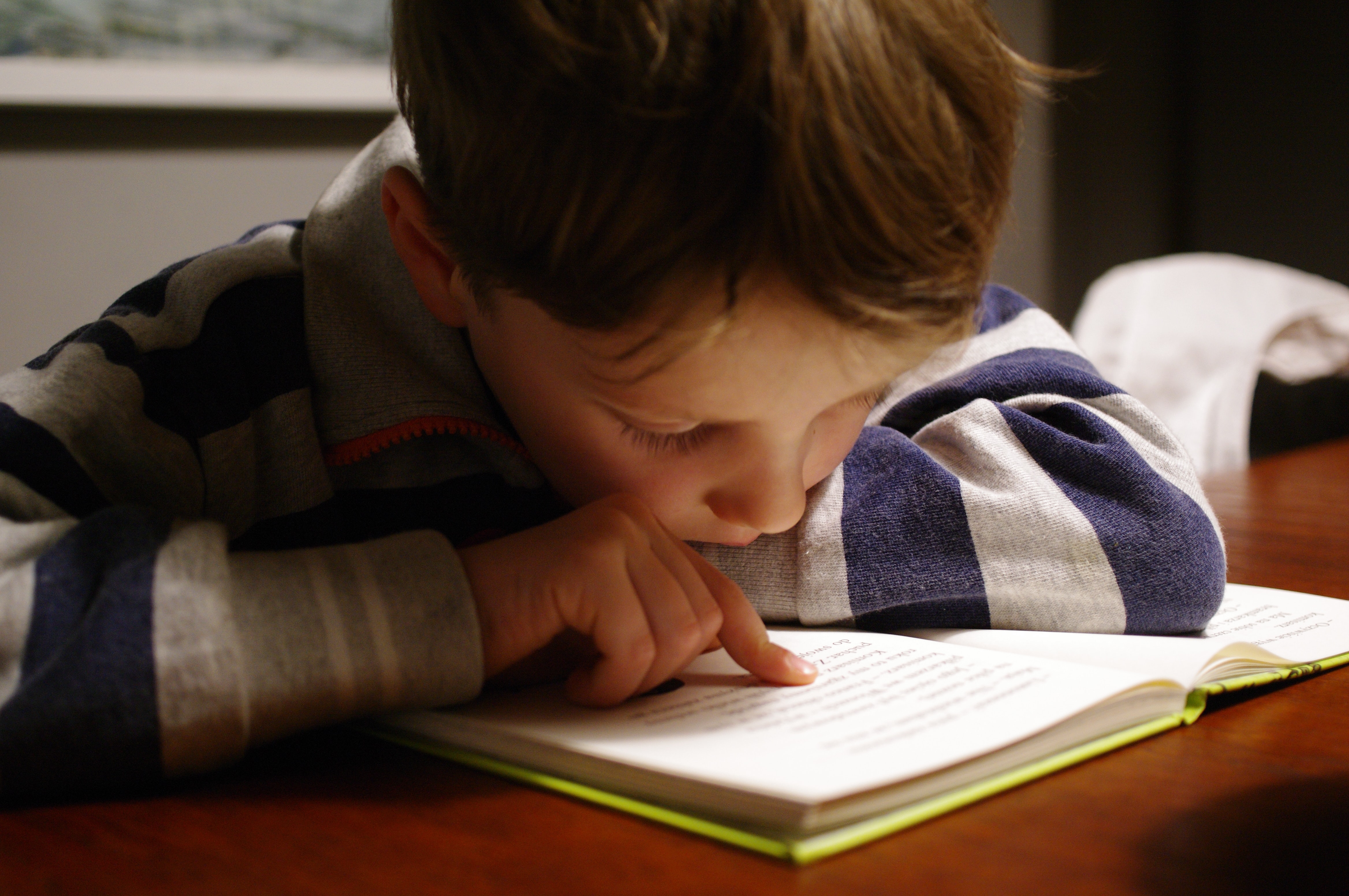
Anxiety frequently accompanies the back-to-school season. It’s normal for kids to feel both excited and worried about the return to learning – and for routines to feel different or disrupted.
After nearly two years of disruption and hybrid or remote learning, some parents will still find that their kids have post-COVID anxiety, including fears about socially and academically adjusting.
The question everyone wants to know the answer to: What can we do to make this process easier on our students?
There are a number of ways the school team can help.
It’s important to know that, among other resources, your school psychologist is here to help address any concerns or answer questions you might have about your child’s school anxiety. Reach out to the campus’ school psychologist or counselor, or your child’s teacher if they are struggling, whether it’s with speaking out loud in class or more complex situations like a student being so anxious they don’t want to go to school at all.
Students with disabilities are even more likely to experience anxiety than general education students. Part of a robust individualized education plan (IEP) will be accommodations and services that address these needs. Before an IEP is put in place, a strength-based assessment approach that emphasizes the student’s skills and talents, can go a long way toward building confidence and tackling anxiety in academic settings.
Brush up on your emotional vocabulary
We get it. You know your child better than anyone, but sometimes it can be hard to find the words that will soothe or encourage them. Building your emotional vocabulary can help foster more effective and impactful communication. Getting started is fairly simple.
A great way to develop more emotional fluency is practicing simple “I feel…” statements. Identifying feelings for what they are is important for validating them both within yourself and for your child. Examples of these statements include:
- I feel frustrated when….[blank]
- I get scared whenever I need to do [blank].
- I felt left out when someone did [blank].
- Something that helps me feel calm is [blank].
- The last time I felt worried was [blank].
You might also teach your child more descriptive feeling words, even if it means pulling out the thesaurus and getting a little creative. “Fearful” might be an alternative for scared. Use “irritated” for a situation where your child perhaps isn’t angry, but still feels upset.
Dr. Dan Siegel, a clinical professor of psychiatry at UCLA School of Medicine, coined the term “name it to tame it” to describe this practice. Essentially, it means coaching your child in developing the capacity to stay with their experience, and create some distance from the intensity of their feelings.
This starts with connecting with the child and mirroring their feelings, which lets them know you are with them in the experience. Then, when they are calm enough, you can use a technique like the “I feel” statements above to navigate to a solution.
To quote Mr. Rogers: “Anything that is mentionable can be more manageable.”
Identify the subtle signs of anxiety
Even children who are quite verbally fluent may have difficulty putting their anxiety into words. Pay attention to more subtle signs like:
- Anger, irritability, or bad moods that seem to be associated with events like going to school in the morning
- Frequent stomach or headaches or trips to the nurse when at school
- Tantrums or strong outbursts in young children
While sometimes these are signs of physical problems, you can talk to your school psychologist, pediatrician, or another professional if you’re confused about what they might mean and to identify any behavior patterns that appear.
Lay the ground for emotional wellness
As a parent, there are a number of things you can do to create even safer spaces for kids to tackle their anxiety or build greater resilience:
- Resist the urge to rescue your child from anxiety. Part of your role as parent is to coach your child to increase their tolerance for difficult emotions and learn how to work with them.
- Encourage social interaction outside of school, by organizing playdates with new classmates.
- Ensure a good bedtime routine and healthy sleep. Yes, this could mean limiting screen time in the late evenings right before bed.
- Reach out for help when you need it. At Psyched Services, we have a number of resources such as our pocket coaching service that uses applied behavior analysis (or ABA for short) to help your child address challenges.
If you want to do more research on your own, the Child Mind Institute has a great in-depth article on how anxiety affects kids in school. The Greater Good Science Center out of UC Berkeley has research-based, well-written articles about education, psychology, and child development topics; this article is about anxiety. And an Australian website, ReachOut.com, talks about anxiety in children and young people more generally, even offering a few helpful tips themselves.
Remember that you don’t need to handle your child’s school anxiety alone. Reach out to us for a call or consultation to learn more about how we can help you tackle anxiety or other worries – and let everyone breathe a bit easier this year.





